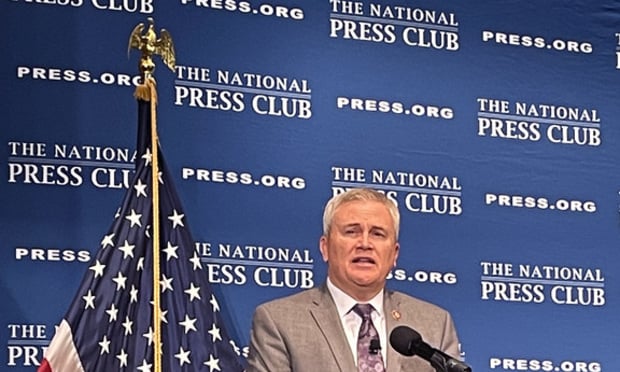 Fiduciary Photo Illustration
Fiduciary Photo Illustration
While a recent Abernathy Daley 401k Consultants survey claimed more than 700,000 American companies could be at risk of fines and legal penalties for fiduciary failures in their retirement plans, a new analysis published by the American Society of Pension Professionals & Actuaries, reports that the firm’s descriptions of the practices it claimed to find were “arguably misleading” and that some of the practices would not actually violate Employee Retirement Income Security Act (ERISA).
While there has been a surge in 401(k) lawsuits against companies for ERISA violations, Abernathy Daley had reported that the majority of retirement plans could be in danger of getting sued, since 84% have at least one likely ERISA “red flag” from a regulatory and/or fiduciary violation.
Recommended For You
These are the fiduciary failings, according to the Abernathy report – and some of the companies involved in lawsuits in 2025:
Excessive fees: Trader Joe’s
Misuse of forfeited funds: HP Inc., Charter Communications, JP Morgan, Amazon
Underperforming funds: Southwest Airlines, Northern Trust
Prioritization of ESG goals: American Airlines
Abernathy-Daley analyzed the latest Form 5500 filings for 764,729 plans, identifying and tagging each plan with any red flags from their most recent filing, that is, either “infractions, fineable offenses, fiduciary failure, or plan malpractice.” These were separated into two main categories:
Regulatory infraction red flags (RIRFs), which may include loss from fraud or dishonesty. Abernathy-Daley found at least 328,833 retirement plans had at least one RIRF, representing approximately 43% of the total plans.
However, Nevin Adams, former chief content officer and head of retirement research at the American Retirement Association contends that as for losses from fraud or dishonesty and the ”extent such things are actually discoverable on the 5500, it’s likely the plan already knows the issue (and has already resolved the matter).”
Egregious plan mismanagement red flags (EPMRF), which “may not necessarily result in a fine,” but represent include failing to provide automatic enrollment, no corrective distribution of excessive contributions and failure to transmit payments on time. Abernathy-Daley found at least 584,113 retirement plans had at least one EPMRF, representing approximately 76% of the total plans.
Related: Most 401(k)s have at least 1 fiduciary ‘red flag’ violation: Is yours at risk?
Automatic enrollment compliance is legally required in 2025, however, it “won’t yet have shown up in the Form 5500 data,” according to Adams.
“If you’re able to find evidence of corrective distributions and/or failure to transmit payments on time on the Form 5500 …,” he said, “that’s only because the issue has been found, acknowledged, and likely corrected.”
© 2025 ALM Global, LLC, All Rights Reserved. Request academic re-use from www.copyright.com. All other uses, submit a request to [email protected]. For more information visit Asset & Logo Licensing.








